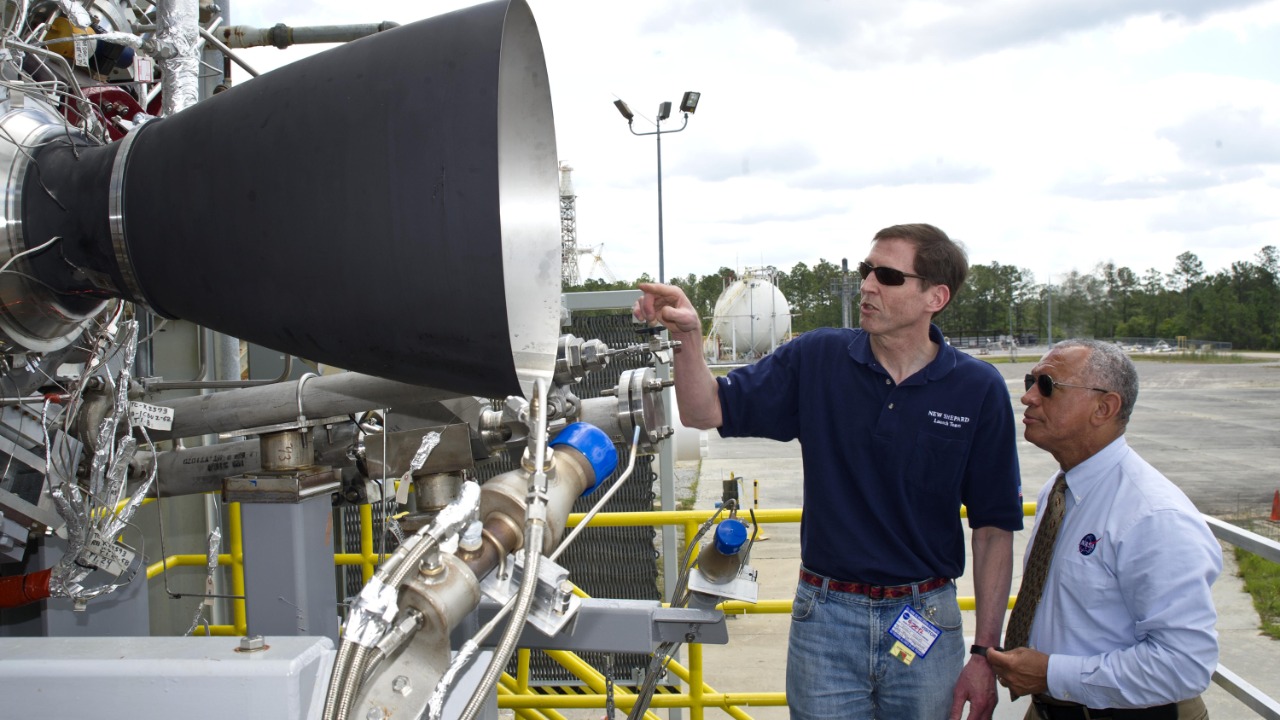
Blue Origin’s second New Glenn launch is poised to make history by carrying real NASA satellites destined for Mars. This significant mission, originating from Cape Canaveral, was initially delayed due to unfavorable weather conditions, but a new launch window is expected soon. This mission signifies NASA’s first operational use of New Glenn for interplanetary objectives, marking a significant milestone for Blue Origin.
New Glenn Rocket Overview
The New Glenn rocket, designed and built by Blue Origin, is a reusable heavy-lift vehicle intended for orbital and beyond-Earth missions. Its design and capabilities make it a game-changer in the space industry. The rocket’s payload capacity to Mars trajectories is particularly noteworthy, aligning with Blue Origin’s development goals for the second launch.
Blue Origin’s First New Glenn Launch
The inaugural New Glenn flight was a crucial stepping stone for Blue Origin. Despite not carrying operational payloads, the successful demonstration of core technologies set the stage for future missions. The lessons learned from this debut flight have been instrumental in preparing for the second mission, which will carry real NASA satellites.
NASA’s Role in the Second Launch
NASA’s selection of Blue Origin for this mission signifies a shift from test flights to real satellite deployments. This partnership aligns with NASA’s commercial launch initiatives for Mars-bound objectives, further cementing the role of private companies in space exploration. The collaboration between NASA and Blue Origin is a testament to the growing trust in the capabilities of private spaceflight companies.
Payload Details: Mars-Bound Satellites
The specific NASA satellites involved in this mission are equipped with scientific instruments designed for Mars exploration. The mission profile includes the trajectory and separation sequence for the payloads during the New Glenn ascent. These satellites are expected to provide valuable data that will enhance our understanding of Mars and potentially pave the way for future manned missions.
Launch Site at Cape Canaveral
Cape Canaveral serves as the launch complex for New Glenn. Blue Origin has made significant infrastructure upgrades at the site to accommodate its heavy-lift rocket. The site’s equatorial positioning offers advantages for Mars missions, allowing for efficient trajectories that save fuel and time.
Weather-Related Scrub of the Launch
The second New Glenn rocket launch was scrubbed due to weather conditions. The decision to postpone the launch was made following safety protocols that prioritize crew and asset protection at Cape Canaveral. The exact timing of the decision underscores the meticulous planning and caution exercised in space missions.
Postponement and Revised Schedule
The New Glenn Mars mission for NASA was postponed due to factors beyond weather. The revised schedule takes into account these factors, with a potential new launch window expected soon. The updated timeline, as reported by USA Today, will be closely monitored by space enthusiasts worldwide.
Live Coverage and Public Interest
For those interested in watching the Blue Origin New Glenn rocket launch to Mars live, several streaming platforms will offer coverage. The event is expected to generate significant public and media engagement, reflecting the excitement around NASA’s involvement in private-sector launches. The launch will be a spectacle not to be missed, as reported by Rolling Out.
Implications for Future Missions
The success of this second launch could accelerate Blue Origin’s manifest for additional NASA contracts. It also has implications for the competitive landscape in commercial spaceflight, positioning New Glenn against rivals for Mars and deep-space payloads. As Engadget notes, this mission could be a significant step forward for Blue Origin and the broader space industry.
More from MorningOverview